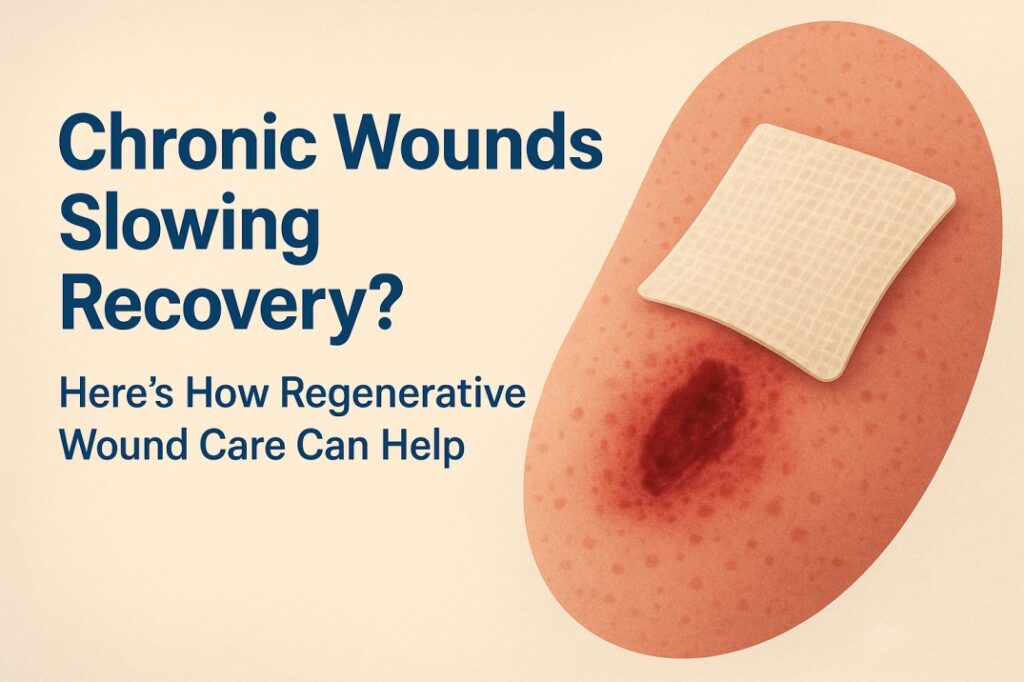Undergoing a Hair Transplant in Islamabad is a significant step towards restoring hair and boosting confidence. However, one common concern patients face is shock loss—a temporary shedding of existing hair following the procedure. While it can be alarming, it is a natural part of the recovery process and usually resolves on its own. Understanding shock loss and following effective preventive measures can minimize its impact and support better results.
What is Shock Loss?
Shock loss refers to the temporary shedding of existing hair around the transplanted area after a hair restoration procedure. This phenomenon is caused by the trauma that the scalp endures during surgery. Both transplanted and existing hair may fall out, creating the illusion of hair thinning.
Shock loss can occur in both the donor and recipient areas, typically beginning 2–6 weeks post-surgery. Although it is unsettling, it is generally temporary, and the lost hair regrows within a few months.
Causes of Shock Loss After Hair Transplant
Shock loss is primarily triggered by:
-
Surgical Trauma: The extraction and implantation process can temporarily disrupt hair follicles.
-
Blood Supply Interruption: Minor changes in blood circulation during the surgery may cause hair shedding.
-
Follicle Sensitivity: Some hair follicles are more sensitive to changes and may shed more easily.
-
Stress and Inflammation: The body’s stress response to surgery can accelerate hair loss.
Types of Shock Loss
There are two main types of shock loss:
-
Temporary Shock Loss:
Most common, where hair falls out but regrows within a few months. This happens as the follicles recover from surgery. -
Permanent Shock Loss:
Rare but possible, especially if the surrounding hair is weak or already thinning. Advanced age or underlying scalp conditions can contribute to this.
How to Prevent Shock Loss After Hair Transplant
While shock loss cannot be entirely avoided, there are several preventive measures that can help minimize it:
1. Choose an Experienced Surgeon
Opting for a highly skilled and experienced surgeon in Islamabad reduces the risk of excessive trauma during the procedure. Proper techniques and gentle handling of hair follicles are crucial.
2. Follow Post-Op Instructions Carefully
Your surgeon will provide specific aftercare guidelines. Following these instructions, such as avoiding harsh hair products and direct sun exposure, is essential for scalp recovery.
3. Avoid Heavy Physical Activity
For the first few weeks post-surgery, refrain from strenuous activities that could increase blood pressure to the scalp. This helps avoid additional stress on the healing area.
4. Use Recommended Hair Products
Surgeons often prescribe gentle, sulfate-free shampoos that are less likely to irritate the scalp. Medicated shampoos may also be advised to reduce inflammation.
5. Stay Hydrated and Eat Healthily
Proper nutrition and hydration aid the healing process. Focus on foods rich in vitamins and minerals, such as zinc, iron, and Vitamin E, which support hair health.
6. Consider PRP Therapy
Platelet-Rich Plasma (PRP) therapy can be used alongside hair transplants to accelerate healing and minimize shock loss. PRP promotes cell repair and strengthens existing follicles.
The Role of PRP Therapy in Reducing Shock Loss
PRP therapy is increasingly popular in Islamabad as a post-operative treatment. It involves drawing a small amount of your blood, processing it to concentrate the platelets, and injecting it back into the scalp. These platelets release growth factors that:
-
Stimulate tissue repair
-
Enhance blood supply to hair follicles
-
Strengthen transplanted and existing hair
When combined with a hair transplant, PRP therapy reduces the likelihood of shock loss and speeds up recovery.
When Will Hair Regrow After Shock Loss?
Shock loss typically begins a few weeks after the procedure and may last up to three months. While it may seem concerning, the hair generally regrows stronger and healthier. Here’s what to expect:
-
1–3 Months: Initial shedding; transplanted and existing hair may thin temporarily.
-
3–6 Months: New hair begins to emerge as follicles stabilize.
-
6–12 Months: Noticeable hair growth and increased density.
-
12–18 Months: Final results with full hair density and natural appearance.
Signs of Healthy Recovery After Hair Transplant
To ensure your hair transplant is progressing well, look for the following signs:
-
Reduced Redness and Swelling: Scalp irritation should subside within two weeks.
-
Minimized Itching: Some itching is normal, but it should decrease as the scalp heals.
-
Gradual Hair Growth: New hair strands should start appearing within 3–4 months.
-
Natural Hairline Formation: Hair grows in the intended direction, blending with existing strands.
If any abnormalities such as excessive redness, severe pain, or signs of infection occur, contact your surgeon immediately.
Consulting the Right Clinic in Islamabad
Choosing the right clinic is critical for minimizing shock loss and achieving the best results. In Islamabad, you have access to experienced professionals who use advanced techniques like FUE (Follicular Unit Extraction) and DHI (Direct Hair Implantation) to reduce trauma to the scalp.
Before committing, research clinic credentials, read patient reviews, and consult with surgeons to discuss your expectations and concerns.
Conclusion
Shock loss is a natural phase of the hair restoration journey. Though it can be unsettling, understanding its causes and following preventive measures can help minimize its impact. Opting for a Hair Transplant in Islamabad ensures you are treated by skilled professionals who prioritize patient care and recovery.
By choosing the right surgeon, following aftercare instructions, and considering supportive treatments like PRP therapy, you can confidently face the recovery phase and enjoy the long-term benefits of your hair transplant.









